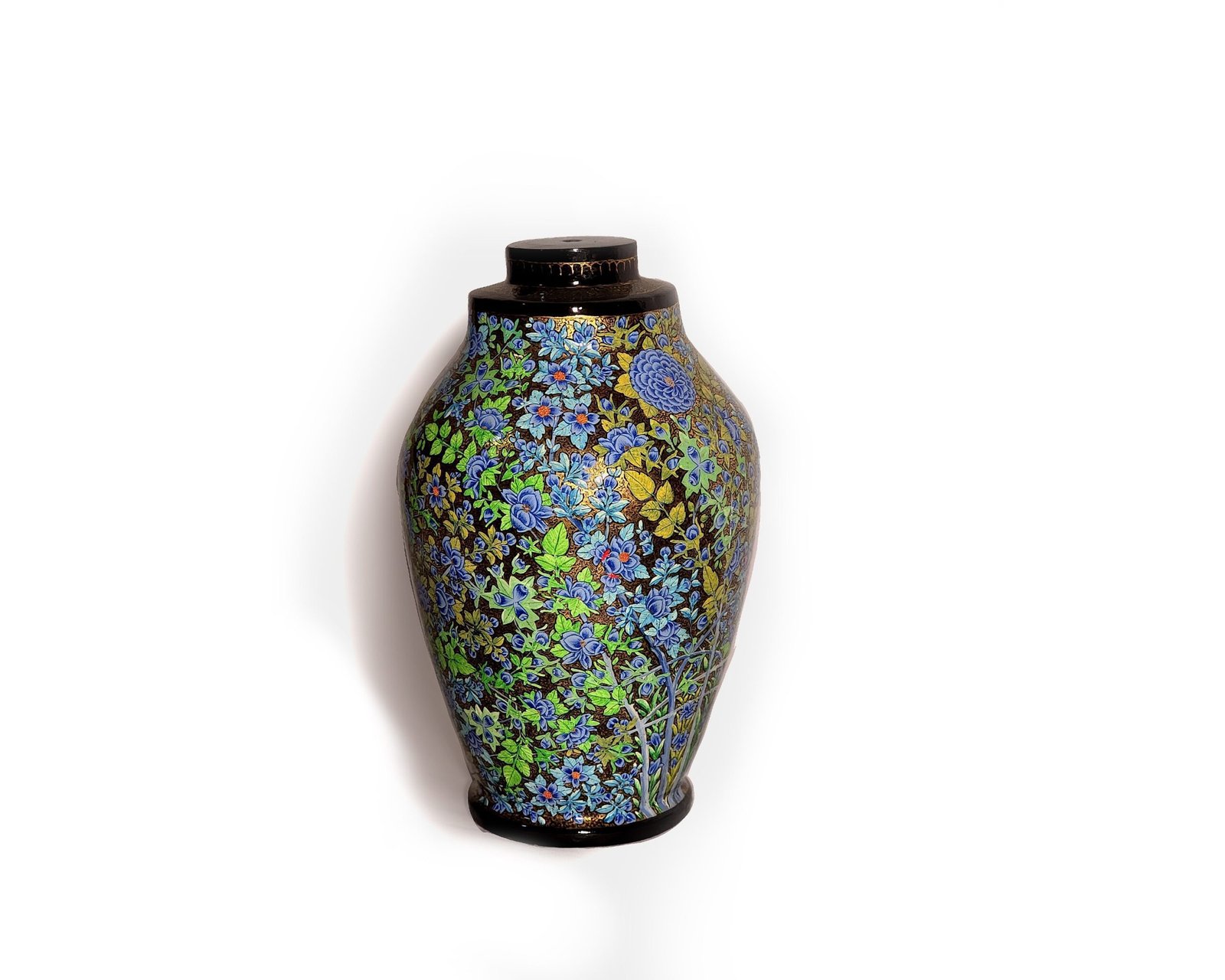The Rich Tradition of Kashmiri Paper Mache
Kashmir, known as the “Paradise on Earth,” is not only famous for its breathtaking landscapes and serene beauty but also for its rich cultural heritage. One of the most prominent art forms that have originated from this region is Kashmiri paper mache. This intricate craft has been passed down through generations, showcasing the immense talent and creativity of the Kashmiri people.
History and Origins
The history of Kashmiri paper mache can be traced back to the 15th century when it was introduced by a Persian saint, Mir Sayyid Ali Hamadani. He brought along skilled artisans who taught the locals the art of paper mache. Over the centuries, this craft evolved and became an integral part of Kashmiri culture.
The art of paper mache involves the use of paper pulp, glue, and a variety of natural materials to create exquisite decorative items. The process begins with soaking waste paper in water until it disintegrates. The resulting pulp is then mixed with adhesive and shaped into various forms using molds or by hand. Once dried, the object is carefully sanded and painted with vibrant colors, often depicting intricate floral patterns or scenes from nature.
Unique Techniques and Styles
What sets Kashmiri paper mache apart is the unique blend of Persian and Indian artistic influences. The craftsmen of Kashmir have perfected the art of intricate hand-painting, using delicate brushes and natural dyes to create stunning designs. The colors are derived from natural sources such as vegetables, minerals, and even precious stones, giving each piece a rich and vibrant appearance.
One of the most popular styles of Kashmiri paper mache is the “Naqashi” technique, which involves the use of gold and silver leaf to embellish the artwork. This technique adds a touch of opulence and grandeur to the already beautiful pieces. The artisans also use a technique called “Tashir” to create a raised effect, giving the artwork a three-dimensional look.
Products and Significance
Kashmiri paper mache artisans create a wide range of products, including decorative boxes, trays, vases, and figurines. These intricately designed pieces are not only visually appealing but also hold great cultural significance. They are often used as gifts for special occasions such as weddings and festivals, symbolizing the rich heritage and craftsmanship of the region.
The art of Kashmiri paper mache has also become an important source of livelihood for many artisans in the region. It has provided them with a platform to showcase their talent and preserve their cultural heritage. The demand for these exquisite pieces has also extended beyond the borders of Kashmir, with collectors and art enthusiasts from around the world appreciating the beauty and craftsmanship of Kashmiri paper mache.
Preserving a Cultural Legacy
While Kashmiri paper mache continues to thrive, it faces challenges in the modern world. The art form requires immense skill, patience, and dedication, making it difficult to attract younger generations to pursue it. Additionally, the availability of cheap imitations in the market has also impacted the livelihood of genuine artisans.
Efforts are being made to preserve and revive this ancient art form. Organizations and individuals are working towards creating awareness about Kashmiri paper mache and its cultural significance. Art workshops and training programs are being conducted to encourage young artists to learn and carry forward this traditional craft.
Conclusion
Kashmiri paper mache stands as a testament to the rich cultural heritage of the region. The exquisite craftsmanship, intricate designs, and vibrant colors make it a unique and cherished art form. By supporting and appreciating the work of Kashmiri paper mache artists, we can help preserve this cultural legacy for generations to come.
